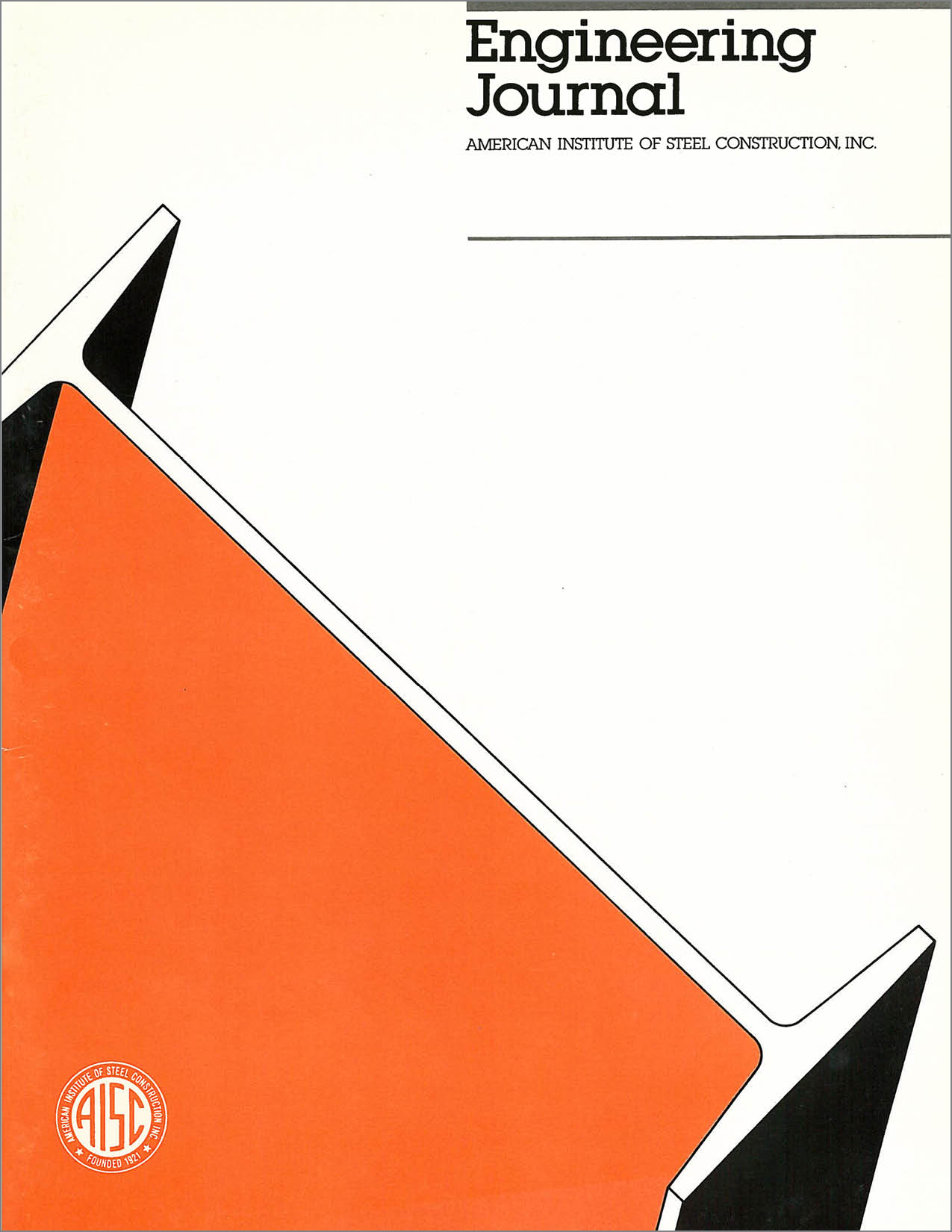Removal of Yield Stress Limitation for Composite Tubular Columns
DOI:
https://doi.org/10.62913/engj.v31i1.622Abstract
Composite action between different structural materials has been utilized in bridge and building construction for a number of years. Traditionally constructed of steel and concrete, composite structures take advantage of the strength characteristics of each material. For example, a composite bridge girder utilizes the properties of steel in the tension zone and the compressive strength of the concrete in the deck. Similarly, a column made of a steel tube filled with concrete maximizes the steel strength by restraining the primary failure mode, i.e., local buckling of the tube wall, while simultaneously improving the load sharing between steel and concrete. The tube also provides confinement for the concrete, preventing early spalling and effectively raising the available strength of the material. The two materials are thus mutually beneficial. Modifying the existing strength formulas for steel columns to address the unique characteristics of composite compression members, design criteria for composite columns were developed by Furlong and others.1,2 In essence, the procedures were based on the use of a modified yield stress, radius of gyration, and modulus of elasticity for the composite cross section, in combining the contributions of the steel and the concrete. In this fashion, composite columns were given design criteria that took advantage of the combined strength of steel and concrete.

